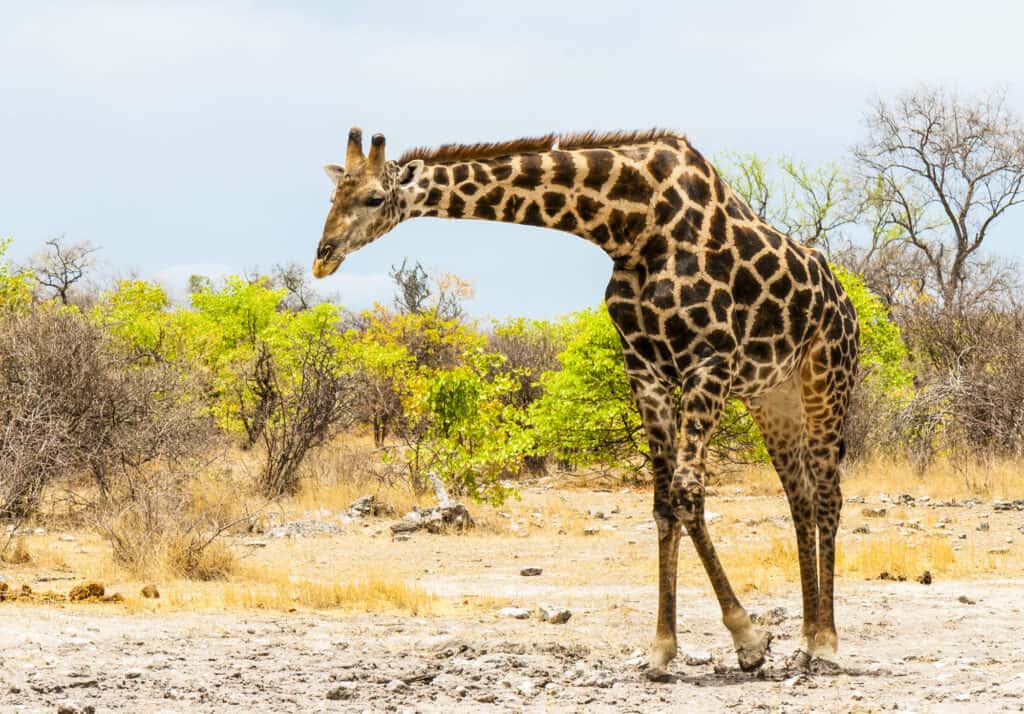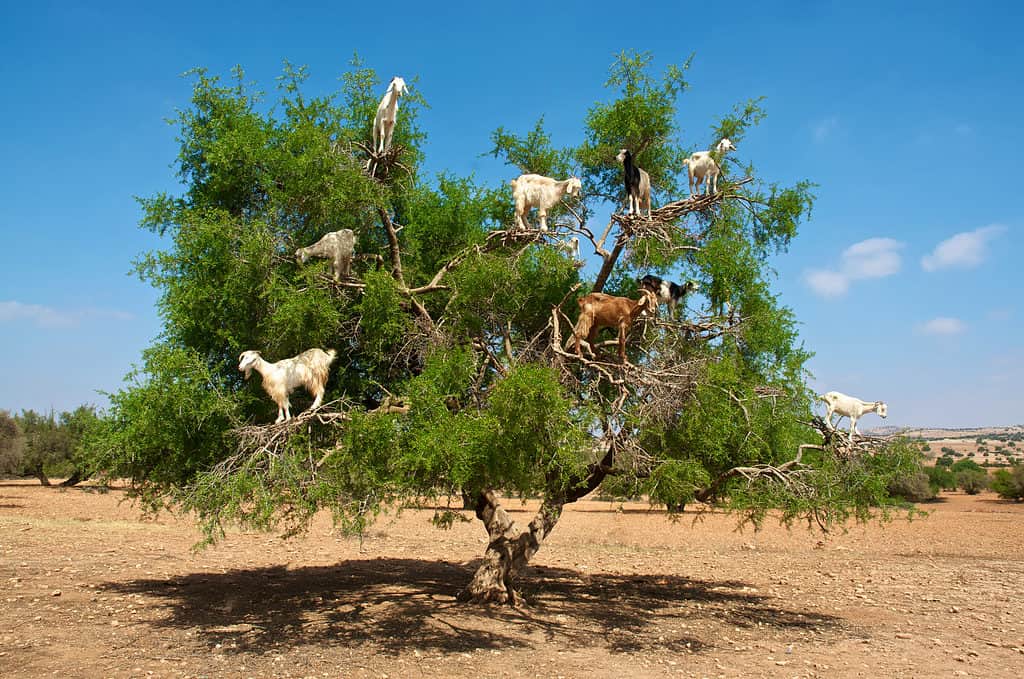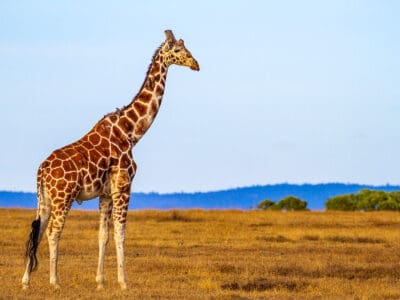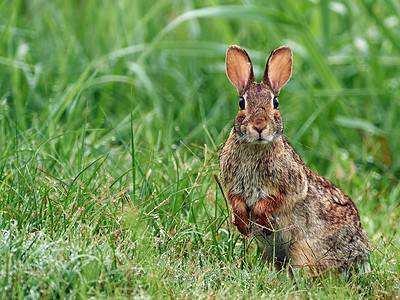Primary consumers are herbivores and they feed on the results from primary producers. In the five trophic levels, primary consumers are third from the top, below secondary consumers (omnivores and carnivores), and top carnivores (tertiary consumers – apex predators).
Outside the trophic system, three consumers are within the food chain. The top of the food chain is occupied by carnivores or apex predators. Secondary consumers are in the middle, with the primary consumer at the bottom.
Examples of Primary Consumers

Giraffes are ruminants or hoofed herbivores. They’re also primary consumers on the food chain.
©Stefan Scharf/Shutterstock.com
A primary consumer is a ruminant more often than not. Ruminants are all herbivores and hoofed animals. These include giraffes, cows, sheep, goats, deer, antelope, buffalo, gazelles, and wildebeests. Their diets consist of a range of grasses, grains, and seeds.
However, there are “fungivores” that consume mushrooms and various fungi. These “fungivores” are primary consumers as well. Primary consumers have specific physiological traits that make them ideal feeders of specific types of food.
For instance, cows have multiple digestive chambers and a dental pad that facilitates “grinding” motions, which allows the cow to get the most nutrition out of its food.
What Is the Function of a Primary Consumer?

Primary consumers, in the food chain, serve as energy transfers. They eat plants so that secondary consumers can eat them.
©iStock.com/aerostato
The function of a primary consumer is to consume autotrophs (plants that utilize photosynthesis to produce their food). However, it’s often more complicated than that, considering the types of primary consumers.
Primary consumers consist of algivores, nectarivores, fungivores, frugivores, and granivores. They all have their feeding strategies, though the result is the same. Regardless, primary consumers are essentially a method for energy transfer.
Without primary consumers, there would be nothing to consume plants, since so many secondary and tertiary consumers do not. Without primary consumers, secondary and tertiary consumers would die off since their diets primarily consist of primary consumers.












